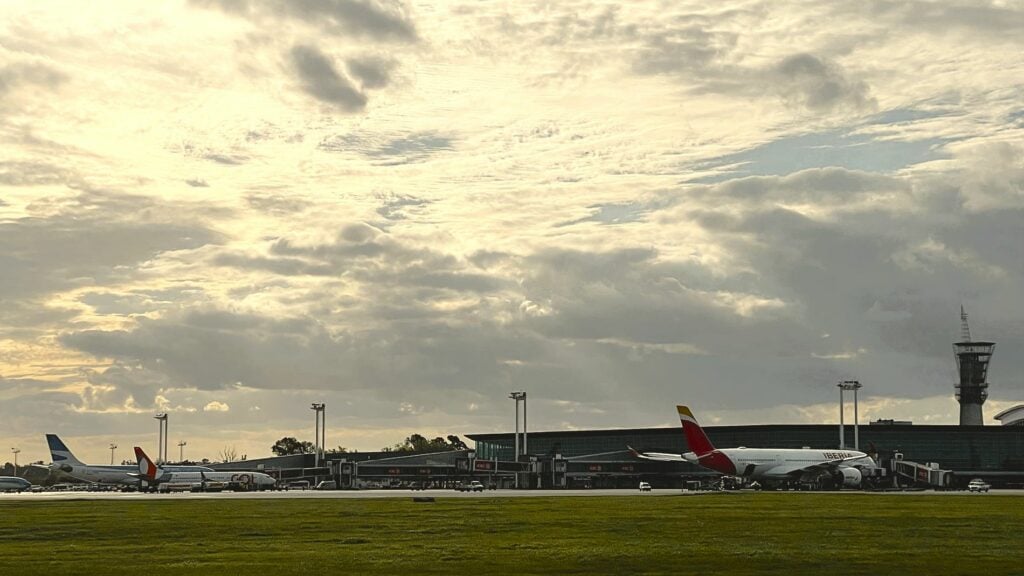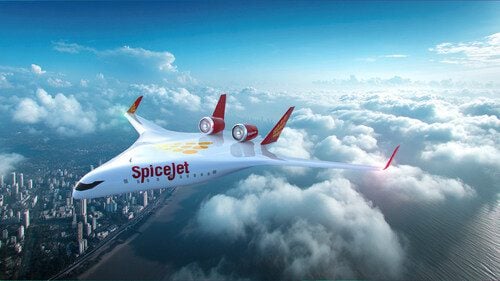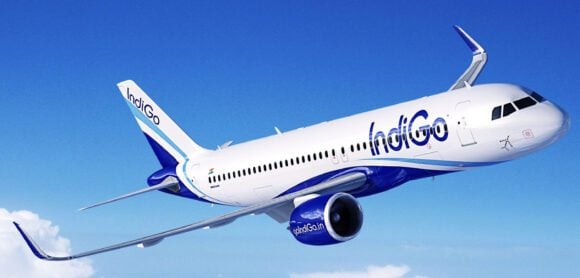
Ezeiza Airport - Buenos Aires, Argentina
The United States Federal Aviation Administration (FAA) has arrived in Argentina to conduct the final stage of evaluating the International Aviation Safety Assessment (IASA) Program. The goal is to determine whether the country can maintain Category 1, the highest operational safety rating awarded by the U.S. agency.
Argentina has held Category 1 since 2005. However, its aviation system has faced significant challenges in recent years. An audit conducted in 2022 by the International Civil Aviation Organization (ICAO) revealed that the country was only meeting 60.47% of international standards, below the regional average. The most affected areas were the Civil Aviation Organization, with a 41.67% compliance rate, and Operations, with 37.29%.
These results led the FAA to request its inspection, which was initially postponed and finally conducted in April of this year. During this evaluation, 82 findings were identified that required correction, particularly in airworthiness, operations, and licensing.
To address this situation, the government intervened in the National Civil Aviation Administration (ANAC) in July 2024, appointing María Julia Cordero as administrator to address the operational issues detected. Since then, ANAC has implemented a corrective action plan with technical assistance from experts at ICAO’s South American Regional Office. This plan includes updating procedure manuals and training inspectors in airworthiness and certification of air operators, among other measures. To date, 85% of these actions have been implemented and will be presented to the FAA delegation during their visit.
Nevertheless, the government has expressed concern about possibly losing Category 1. Despite the current administration’s race against time to reverse this situation caused by years of mismanagement at the National Civil Aviation Administration, there remains the possibility of a category downgrade for the national aviation system,” a statement from the Ministry of Transportation reads.
Consequences of a possible downgrade
Losing Category 1 has significant implications for Argentina’s aviation sector. Argentine airlines could not add new destinations or increase flight frequencies to the United States. Additionally, they would be unable to replace aircraft models on those routes or establish new codeshare agreements with U.S. airlines, affecting collaboration between Argentine and American companies.
Airlines would also be subject to greater scrutiny from U.S. authorities, increasing operational costs and potentially causing delays. “The consequences of the agency’s poor administration in past administrations would negatively impact the international reputation of Argentine civil aviation,” the official statement continues.
Current operations between Argentina and the United States
Despite the uncertainties, air operations between the two countries continue as usual. Current routes and frequencies are as follows:
- American Airlines: 7 weekly flights between New York/JFK and Buenos Aires/Ezeiza; 14 weekly flights between Miami and Buenos Aires/Ezeiza.
- Aerolíneas Argentinas: 13 weekly flights between Buenos Aires/Ezeiza and Miami.
- Delta Air Lines: 7 weekly flights between Atlanta and Buenos Aires/Ezeiza.
- United Airlines: 7 weekly flights between Houston/Intercontinental and Buenos Aires/Ezeiza.
The road ahead
The government will continue “working swiftly and professionally to address the poor legacy it inherited and strengthen the operational safety of Argentina’s aviation system.” The FAA’s final decision is eagerly awaited, as it will determine the immediate future of commercial aviation between Argentina and the United States.
The International Aviation Safety Assessment (IASA) Program was established by the FAA in 1992 following the crash of Avianca Flight 52. It aims to evaluate countries’ adherence to safety standards and practices set by ICAO and other international bodies. The categorization directly influences airlines’ ability to operate and expand their services in U.S. territory.
Views: 193



